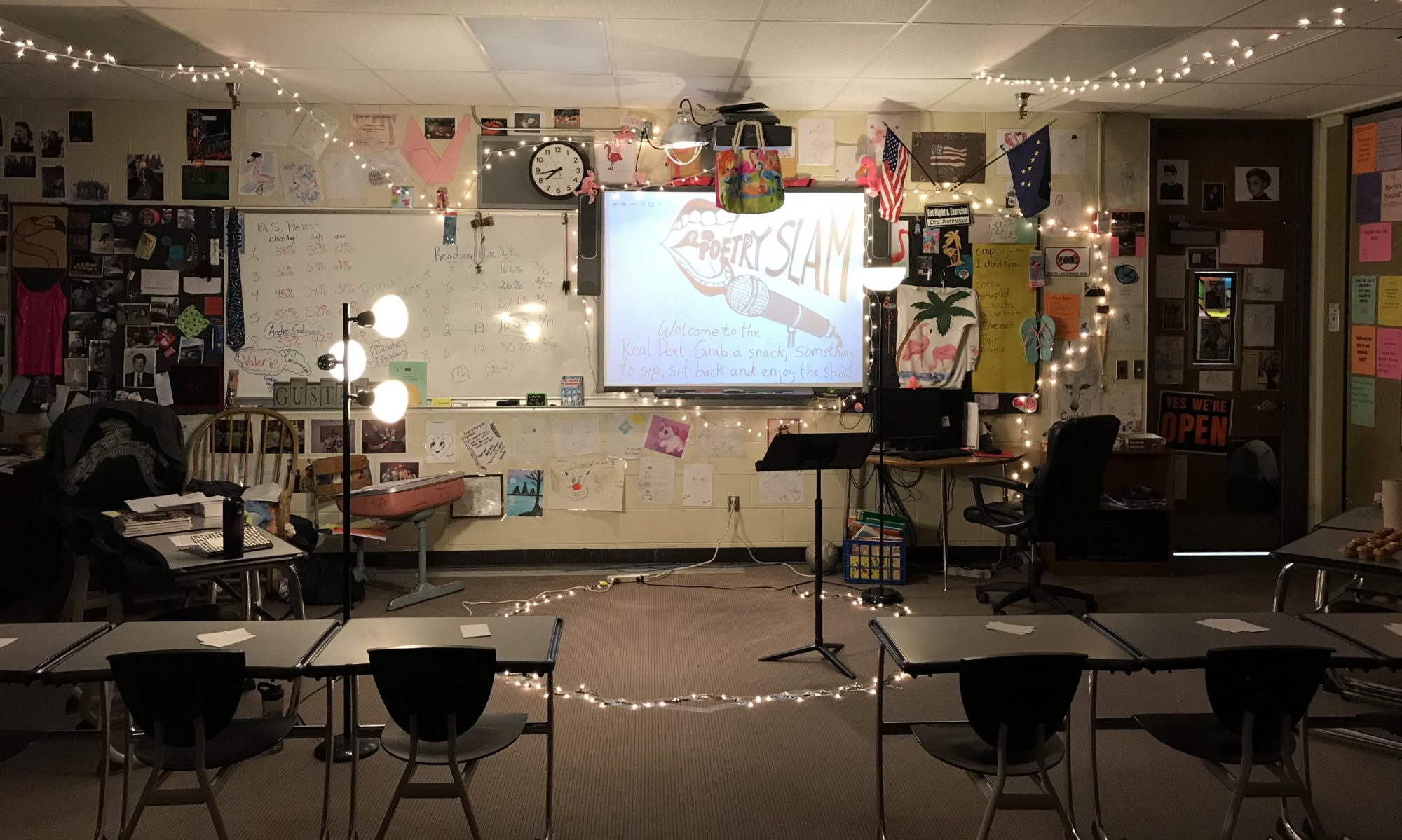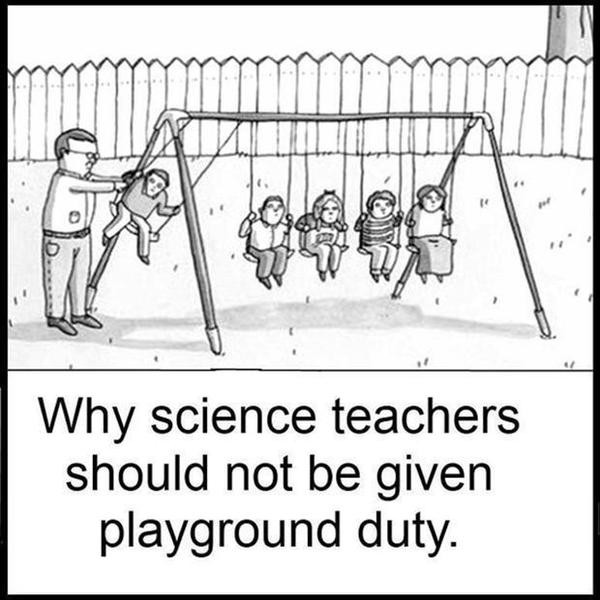Professionalism can mean a lot of different things, but to educators it should be clear: Put students first. I learned that lesson on the playground as a recess duty. It’s all too easy for staff members to gather and swap stories about the classroom or the latest gossip, diverting so much attention away from students in the process. Kids get hurt, students pick on each other, and school yard rules are broken when teachers turn toward each other rather than the playground.
Students depend on teachers to realize their potential as a worthy and effective member of society (National Educator Association, 1975). We cannot do this without putting student interests ahead of our own desire for a conversation. Recess is an important part of the day for students to practice making friends and playing with them. Students depend on a structured environment to feel safe enough to take risks, which is how students grow.
This is not to say that teachers visiting with each other at school is a bad thing. Studies show that the most professional, happy and confident teacher workforces make time for collaboration and mentoring (OECD, 2016). They work well as a team, and that comes from a well-structured and safe workplace where teachers feel safe to take risks in their practice.
I saw this kind of environment when I had the opportunity to sit in on a student’s Individual Education Plan meeting. Gathered around a conference table were the student and all the stake holders involved in their success: parents, principal, special education case manager and classroom teacher. The school psychologist led the meeting. I paid special attention to how the teachers non-verbally supported each other. Leaning in to listen, ceding the floor when another team member had something to say, and complimenting each other’s work ethic and classroom environment. It was exciting to see a team functioning so well together, and it demonstrated what the Alaska Professional Teaching Practices Commission (2017) calls a “just and equitable treatment to all members of the profession.” In that room, I saw teachers who don’t always get along act as a unified front for the school and the student’s interests.
Teachers know when to set aside their differences. And in my experience, teachers don’t let their personal needs come before the needs of the students. The issue is that the needs of the students are ever-present and can leave a teacher feeling overwhelmed in the face of them. That is why we need to support each other in this profession and look for opportunities to build each other up. One of the most effective ways to do that is to find time to actively listen to colleagues and take their concerns to heart. Just not during recess duty!
References
Alaska Professional Teaching Practices Commission. (2017). Professional Code of Ethics. Retrieved July 17, 2018, from https://education.alaska.gov/teachercertification/20aac10
National Educator Association. (1975). NEA Code of Ethics. Retrieved July 17, 2018, from http://www.nea.org/home/30442.htm
OECD (2016), Supporting Teacher Professionalism: Insights from TALIS 2013, TALIS, OECD Publishing, Paris, https://doi.org/10.1787/9789264248601-en

